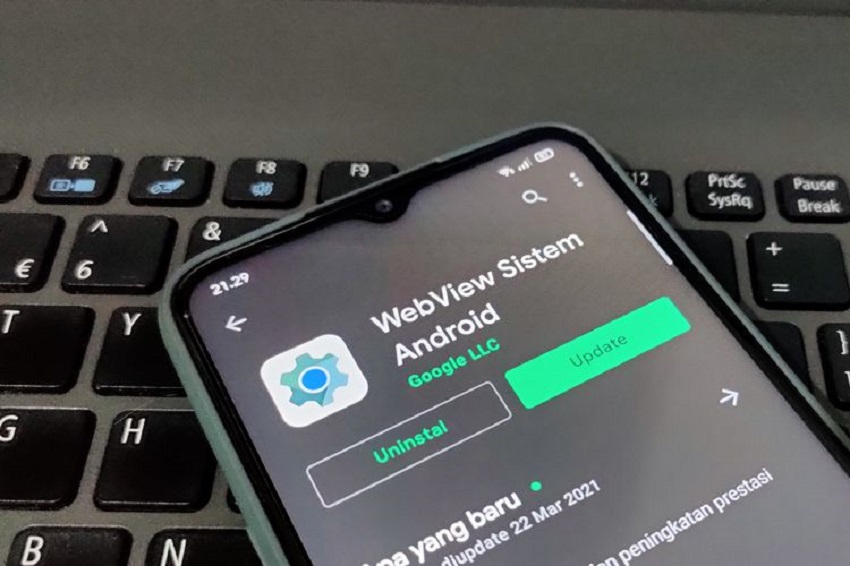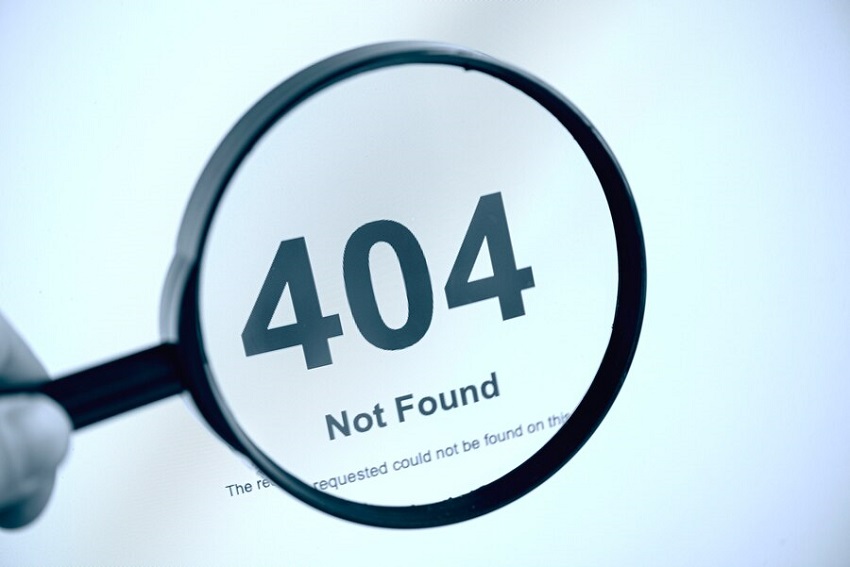Have you ever encountered a “404 Error – Page Not Found” message while using an Android WebView within your app? Don’t worry, you’re not alone. Dealing with 404 errors in Android WebViews can be a bit tricky, but fear not! In this article, we’re going to walk you through the process of handling these errors effectively, ensuring a seamless browsing experience for your app users. This article is crafted by Improtecinc.com.
Understanding the 404 Error in Android WebView
Before we dive into the solutions, let’s grasp what a 404 error actually means when it comes to Android WebViews. A 404 error occurs when the WebView attempts to load a webpage that doesn’t exist on the server. It’s like trying to find a missing puzzle piece – frustrating and unproductive. You may interested in discovering how to fix error 404 on android.
Common Causes of 404 Errors
Several reasons can lead to the occurrence of 404 errors in your Android WebView:
- Incorrect URL: One of the most common culprits is a mistyped or incorrect URL. Even a small typo can lead to a 404 error.
- Page Renaming or Moving: If the webpage you’re trying to access has been renamed or moved to a different location, the old URL will result in a 404 error.
- Broken Links: If the page contains broken links or references to resources that no longer exist, a 404 error might appear.
- Server Issues: Sometimes, the server hosting the webpage might be down or experiencing technical problems, leading to a 404 error.
- Network Problems: Slow or unstable internet connections can also trigger 404 errors, as the WebView might fail to retrieve the page in time.
You may also like to read: What Are Common Problems With PS3?
Steps to Handle 404 Errors in Android WebView 
Dealing with 404 errors requires a systematic approach to ensure a seamless user experience. Here’s a step-by-step guide to help you tackle this issue effectively:
- Double-Check the URL: Before anything else, verify that the URL you’re trying to load is correct. Check for any typos or missing characters.
- Use WebViewClient: Implement a WebViewClient and override the onReceivedError method. This allows you to intercept errors, including 404 errors, and take appropriate action.
- Display a User-Friendly Message: Instead of presenting the raw 404 error message, show a user-friendly message that explains the situation and suggests what the user can do next.
- Offer Navigation Options: Include navigation options within the error message, such as a “Go Back” button or links to relevant sections of your app.
- Custom Error Pages: Create custom error pages within your app’s assets. Load these pages whenever a 404 error occurs, maintaining the app’s branding and design.
- Check Internet Connection: Before attempting to load a URL, ensure that the device has a stable internet connection. Prompt the user to check their network if a connection issue is detected.
- Implement Retry Logic: In case of temporary network issues, provide users with the option to retry loading the page.
Conclusion
In the world of Android app development, encountering a 404 error in a WebView is not uncommon. However, armed with the right knowledge and tools, you can effectively manage these errors and provide a seamless browsing experience to your users.
Remember, a well-handled 404 error can even turn a potentially frustrating situation into an opportunity to engage users and guide them through your app’s offerings.
FAQs
Q1: Can a 404 error be caused by the app itself?
A: While the app’s code can influence how errors are handled, a 404 error usually indicates a problem with the URL or server.
Q2: Is it possible to customize the appearance of the error message?
A: Absolutely! You can style the error message to match your app’s design and branding.
Q3: What if the 404 error is caused by a broken link within my app?
A: Regularly check and update links within your app to avoid broken references.
Q4: Can I redirect users to another page instead of showing the error message?
A: Yes, you can implement URL redirection for certain scenarios to enhance user experience.
Q5: Are there third-party libraries to handle WebView errors?
A: Yes, there are libraries available that provide advanced error handling and customization options.





